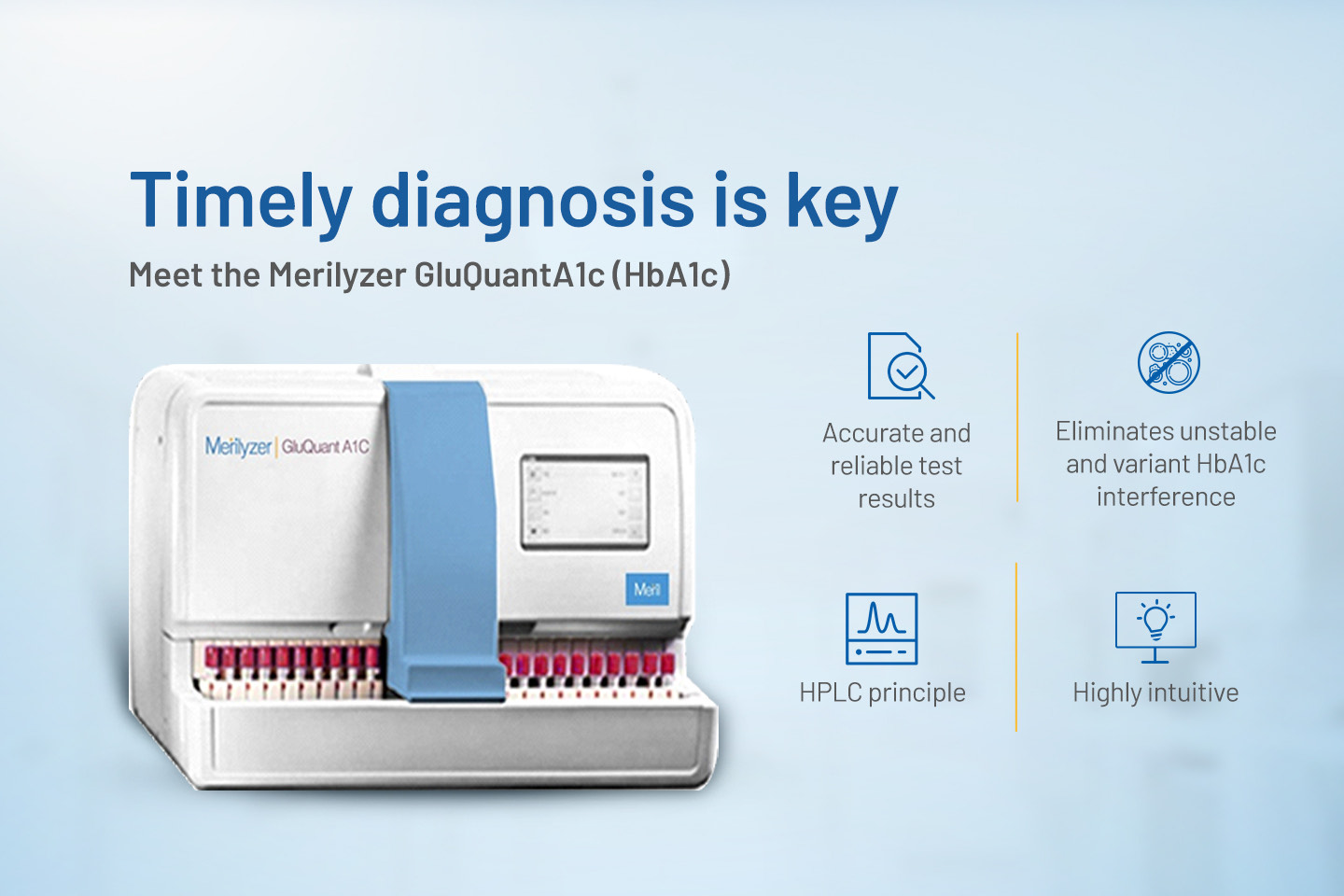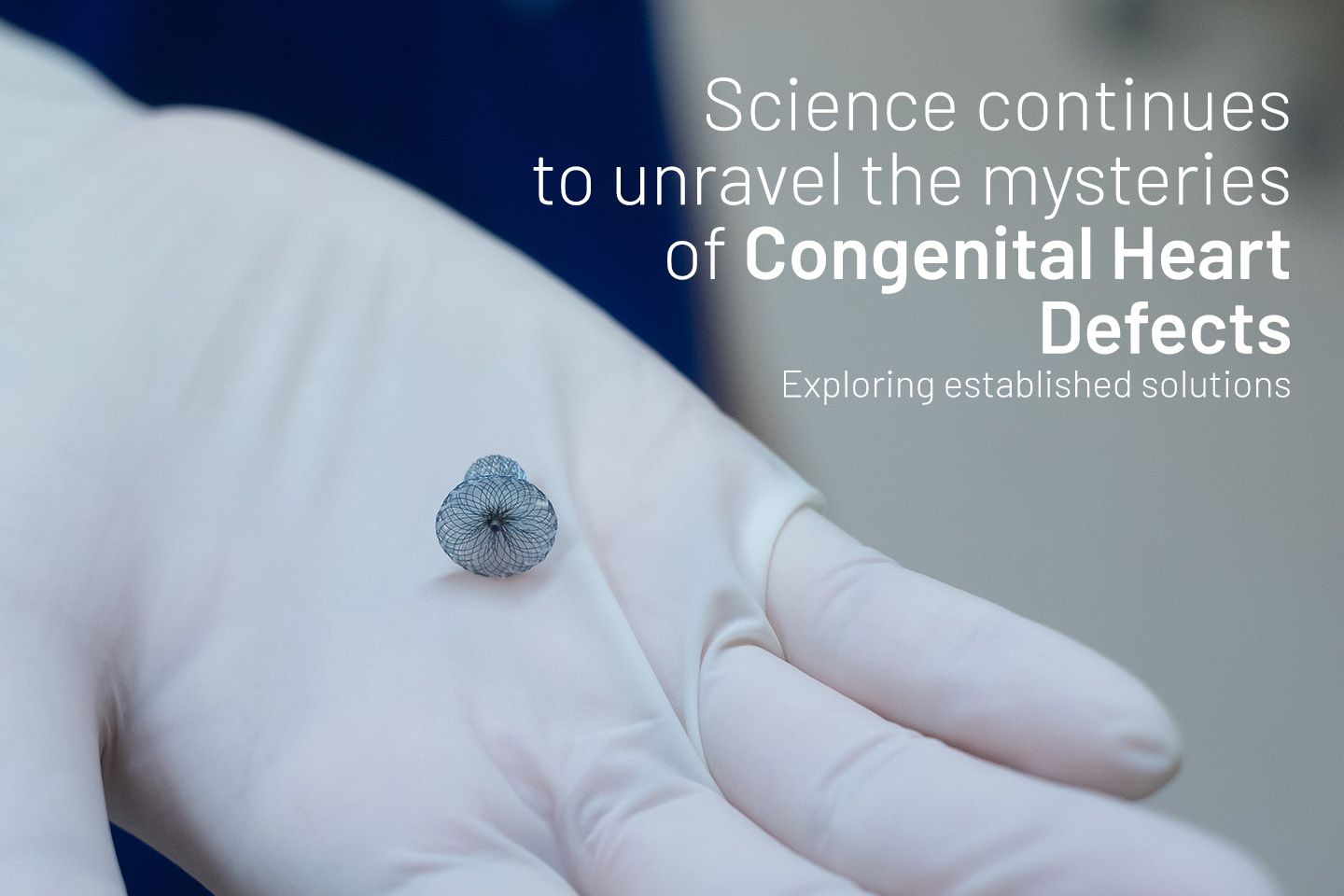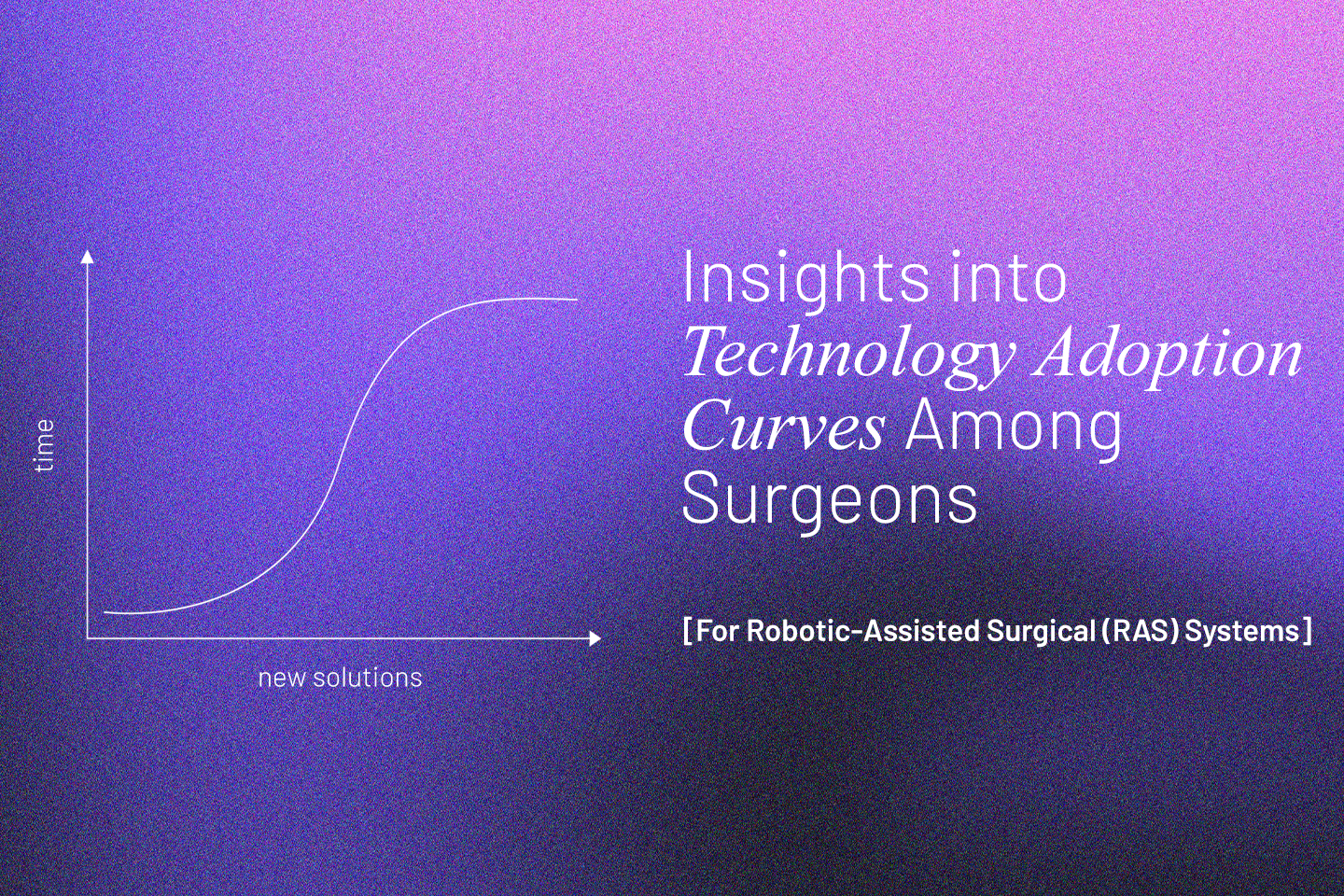Medical Devices
Improving Patient Outcomes - How Automation Transforms Diabetes Testing

Automation -An Evolution
Automation is an evolutionary process. It refers to mechanizing systems, processes, products, and devices requiring minimal human intervention. Automation has become the need for survival and not just a substitute for human intervention. Process automation, artificial intelligence, its related applications, and robotics have changed the approach to patientcare, including medical and clinical intervention in treating diseases and illnesses.
One evolution in clinical diagnosis is the automation of medical diagnostic devices and equipment. This automated technology has brought about a major transformation in the form of acceleration in turnaround time in clinical diagnosis, prognosis, and treatment of diseases and illnesses. The various diagnostic equipment and devices that aid diagnostic testing are Medical, Radiology, Tissue, and Self-Diagnostics, each categorized based on their application and diagnostic purposes.
This blog discusses what, why, when, and how about diabetes testing and the role of automation in diabetes testing that provides accurate and precise testing results, improving patient care and outcomes.
What is Diabetes Testing?
Diabetes is a chronic disease that could cause potential risk to an individual's overall health if left uncontrolled and untreated. Its regular and frequent monitoring and control is a way to avoid its adverse effects on the health of those who suffer from it. This is possible through diabetes testing, a first step towards managing the disease.
Diabetes testing measures the sugar level in the blood or urine when one is assessed. These are in-vitro diagnostics tests by clinical laboratories. In-vitro diagnostics includes agents, systems, or instruments that analyze the blood or urine sample and provide the results. They analyze the sample and not the patient. Diabetes testing can also be done through self-diagnostic tests by individuals. Still, they need to be confirmed by the laboratory for authentication.
Types of Diabetes Testing
Diabetes testing includes clinical laboratory testing and self-testing. These tests are fasting and non-fasting blood tests.
Fasting Tests include-
- Fasting Plasma Glucose Test (FPG) requires the patient to fast for eight hours without any solid or fluid (except water) intake before the test. The blood is collected through the vein, and the sample is sent for diagnosis.
- The Glucose Tolerance Test consists of a fasting test followed by a glucose test. The fasting test gets recorded. The patient is then made to consume the standard amount of sugar-added drink, and after two hours, the blood is collected, and glucose level tested.
Non-fasting tests include-
- A Random Blood Glucose Test is a quick and random blood sugar test. The blood is collected by a finger prick or through a vein in the arm, generally for individuals with severe diabetes symptoms.
- HbA1c Test is a hemoglobin A1c test that detects an individual's average blood sugar levels over the past three months. The test is also called glycated hemoglobin or glycohemoglobin test to ensure the sugar level is within range. This differs from the finger prick test conducted by a clinical laboratory.
Need for Automation in Diabetes Testing
Some of the challenges laboratories face include increasing testing needs of the patients, shortage of human workforce, emerging and expanding role of the healthcare professional, and demands for higher levels of efficiency are the challenges faced by the laboratories. A major upgrade and advancement in laboratory technology was called for to keep up with the ever-changing clinical and diagnostic needs of the medical fraternity and patients.
Automation in Diabetes Testing
Automation in Diabetes testing has its presence marked across the healthcare spectrum with diagnostics testing in clinical laboratories, self-testing devices, and point-of-care testing devices in hospitals.
The advent of Self-monitoring and Point of Care testing devices have contributed significantly to the screening and monitoring of diabetes for glucose management and treatment.
Automation in Clinical Laboratory Technology
Technological advancements and research and development have significantly changed how clinical laboratories operate today with automated processes. Laboratories must provide accurate and reliable results, for human life is waiting and expecting timely treatment and enriched life. Clinical laboratories aim to optimize their processes and systems, accelerate process turnaround time, and eliminate the chances of error in pre-analysis, analysis, and post-analysis of clinical testing.
Automation in laboratories has contributed significantly and expectedly in enabling laboratories to achieve these goals. How these diagnostic equipment and devices are constantly upgraded with added features to cater to the changing needs of clinical diagnosis explicitly points towards their ongoing evolution.
Diabetes Testing Analyzers have evolved from-
- Being manually operated to fully automated.
- Performing limited testing to comprehensive testing.
- Floor standing model with large workspace requirement to mobile and flexible benchtop models.
- Being used in large laboratories to its use as a POC in physician clinics or bedside devices in hospitals, and now as fully automated diabetes analyzers are no longer just a choice but a need in clinical testing and diagnosis.
- Fixed automation (device performing one repetitive task) to programming automation (device performing various tasks).
Role of Automation in Diabetes Testing in Clinical Laboratories
Automated diabetes testing machines or devices have proved to-
- Provide accurate and precise results.
- Eliminate repetitive tasks, resulting in saving time and energy.
- Provide prompt results, enabling timely diagnosis and patient care.
- Ensure increased efficiency and improved patient care.
- Tackle voluminous data efficiently at one time, saving time and resources.
- Be a user-friendly application, enabling easy and smooth clinical testing.
- Be economical and affordable.
- Enhance productivity and scaling.
- Ensure safety by eliminating human intervention in the testing process.
Self-Monitoring Diabetes Testing Devices
The various self-monitoring diabetes testing devices include the following-
- Blood Glucose Monitor uses a glucometer with a fingerstick to collect blood by a finger prick and measure the sugar level, which helps maintain sugar level records and patterns.
- An Insulin Pump worn on the body provides a continuous predetermined dose of insulin to cope with unstable insulin levels.
- Continuous Glucose Meter is a system with a small sensor placed under the skin that checks the glucose level in the fluid between the cells. A transmitter is placed on the skin and attached to the sensor that sends information to the monitor. A monitor is a device of a cell phone size that displays the results.
- Insulin Pens and Smartphone Applications provide coaching information, making dealing with, and managing diabetes easy.
Point of Care Diabetes Testing Devices
These devices are used in hospitals as bedside testing devices for patients requiring regular and frequent glucose tests for proper control and management of diabetes. They are operated by skilled, trained, and experienced nursing staff. These testing devices are used as a monitoring tool and not for diagnosis. However, they provide a timely and immediate determination of the patients' glucose levels, ensuring effective monitoring and management of diabetes. It also ensures prompt medical treatment and control of glucose levels in severe cases.
MERILYZER GLUQUANTA1c from Meril
MERILYZER GLUQUANTA1c, diabetes testing machine is a fully automated HbA1c analyzer based on Ion Exchange Chromatography with HPLC principle. It is an automatic instrument used to measure the ratio of glycated hemoglobin in blood, characterized by small sampling, fast analysis, etc. It eliminates unstable and variant HbA1c interference. The device is user-friendly and easy to operate, with accurate and reliable testing results.
Conclusion
With computer hardware and software programming integrating and the advent of technological innovations, wearable devices, biosensors, and internet-based monitoring systems, clinical diagnostics has become remotely accessible and manageable. Fully automated diabetes analyzers have come a long way in addressing the ever-challenging and changing clinical testing needs. These medical diagnostic devices are growing fast-paced and emerging as a vital component in fostering the in vitro diagnostic industry.
Thus, with their accurate and precise results, clinical diabetes testing is a vital reference for healthcare providers to monitor and timely diagnose diabetes. Self-diagnostic diabetes testing helps in regular monitoring and controlling the disease. This further enables prompt treatment of the patients and hence improved patient outcomes.
References
https://www.endocrine.org/patient-engagement/endocrine-library/diabetes-technology#:~:text=Continuous%20glucose%20monitoring%2C%20also%20called,fluid%20between%20the%20body%20cells.
https://www.diabetes.org.uk/diabetes-the-basics/test-for-diabetes





